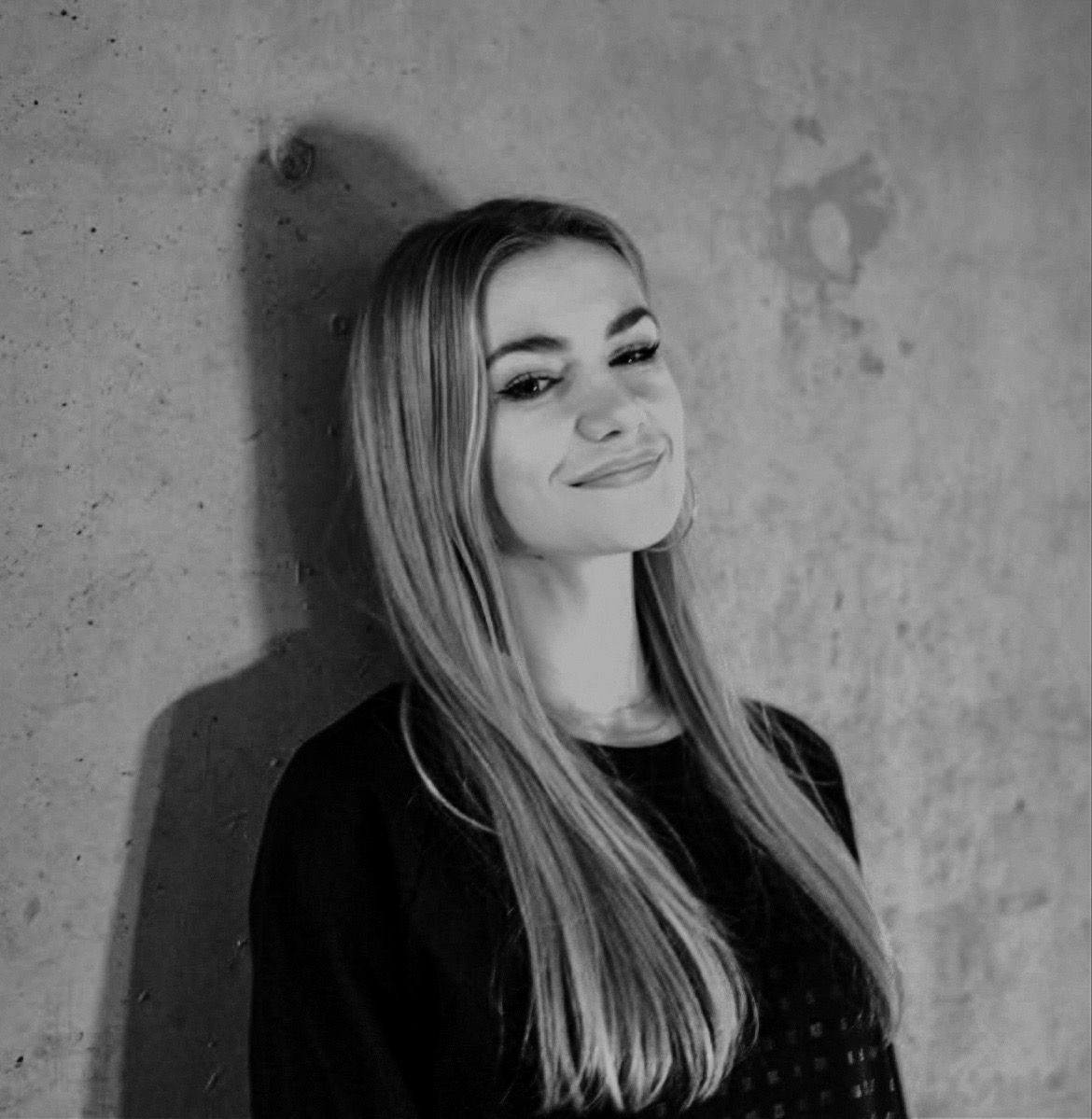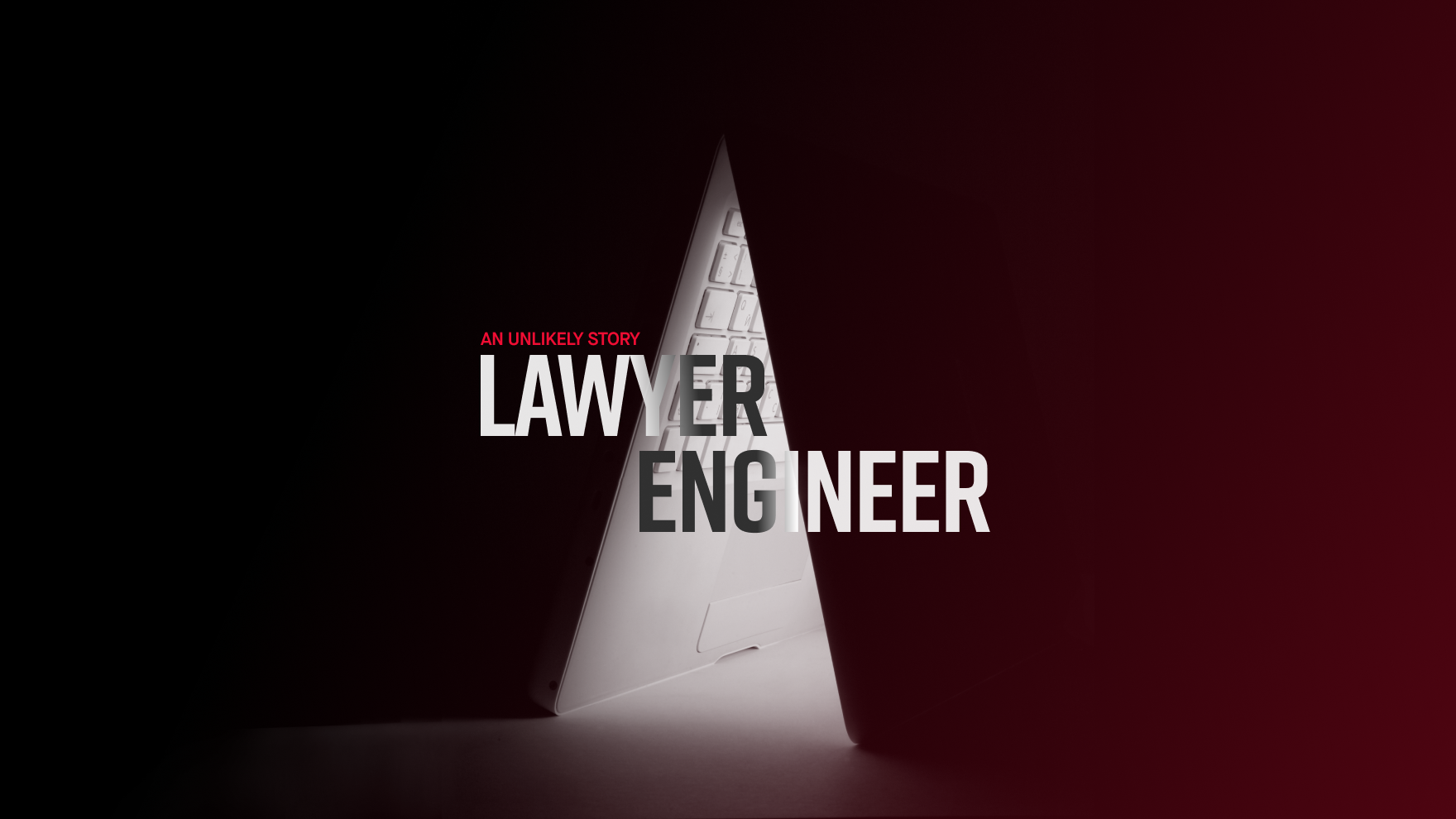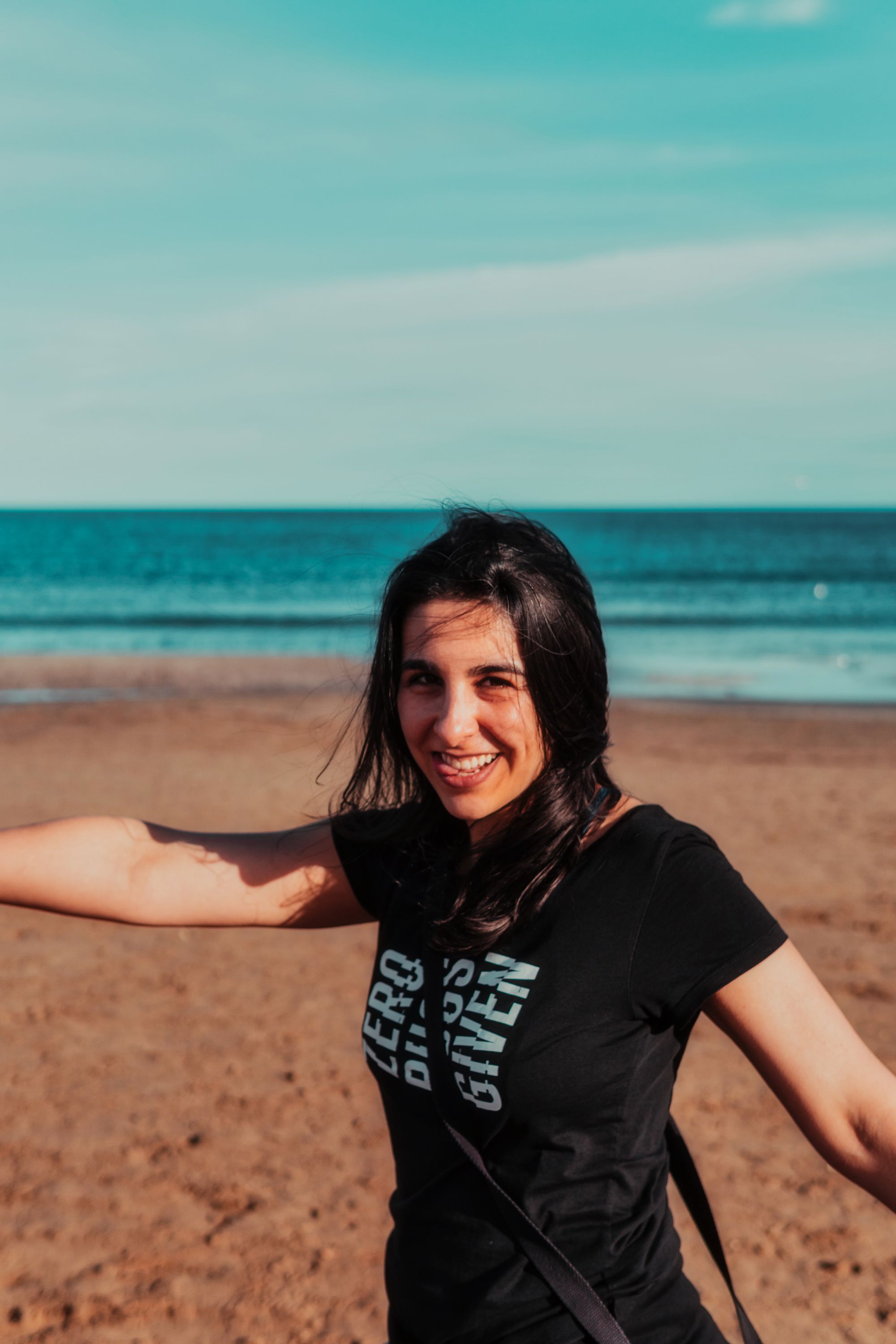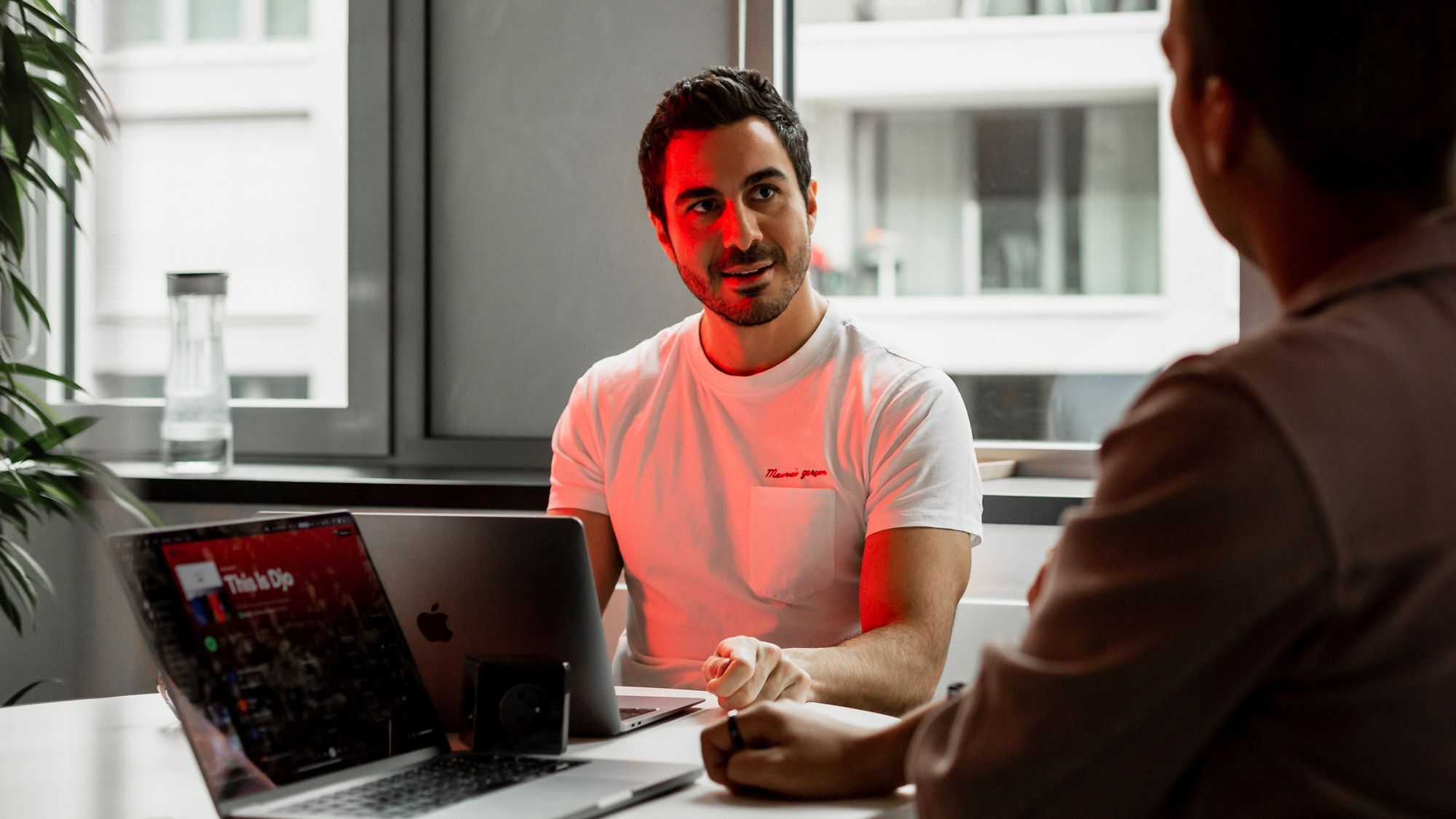How does that process work? Assuming that we’re taking an idea from zero to market, the process is made up of 4 phases:
1. Discovery (market research, product specifications, rough cost & time estimate)
2. Design (UX/UI, developer guidance, reevaluation of cost & time estimate)
3. Engineering (combining previous phases & engineering the product)
4. Scale (app store approval, analytics, post-release insights, KPI tracking)
You want a design tailored to your audience. You want a smooth development process. You want a successful release. And you want every decision made and action taken to be the right one. But those are end goals. First, you need a full grasp of the problem, and a roadmap to the right solution.
That’s where the Discovery Phase comes in. Let’s explain what it entails.
Where Ideas Are Defined & Battle-tested
This phase was born out of experience and necessity. We watched our clients waste time executing before they’d actually defined the core problem, let alone the best possible solution. And we realized, hey, we can help with that. Our past projects have given us the skills needed to ask the right questions, and to open up the right discussions.
Still, the steps we take serve less as a checklist and more as a guide. Because every client, idea and situation is unique.
Which is why it comes down to collaboration. We go over what you have and don’t have, together. We establish goals, together. And we move forward only when both sides are confident and fully understood.
That’s all done by asking and answering questions, such as:
- What is the target audience? (Not what you think it could be, but what it should and will be.)
- What should the first version of the product have? (Relies on well-defined immediate needs of the audience & the product’s USP.)
- How can this product evolve? (Let’s us prepare backend infrastructure that will handle all possible future iterations & scenarios.)
- Do people actually need this product? (Is the demand strong enough for development to be worth it?)
Everything we ask, test out and do should lead us to answers to the following questions:
1. What is the main purpose of this product?
2. Who is it for?
3. And are they going to use it the way we think they will?
Until you go through this first phase, the answers to these questions are mere guesses. And putting everything on the line based on guesses is why so many apps fail.
The Output: A Full Product Toolkit
Phase 1 begins when you have an idea, and ends when you have a Full Product Toolkit, so to speak.
What’s generally found in the kit?
- Product & Market Overview
- User Personas Overview
- Tech Stack Overview
- Product Specifications
- Time & Cost Estimate
What does the kit do?
As mentioned, details differ based on specific project demands. But a primary focus of the Discovery Phase is to define your idea as a viable solution for the problem, market and target audience. In this way, it prepares you for development — whether that’s with us or not — and ensures time won’t be wasted during execution.
Goals go from assumptions to realistic expectations, which allow for an informed cost and time estimate. All this dramatically improves your project’s probability of success. And with the amount of apps hitting the market daily, you want that probability to be as high as possible.
Who will you be working with?
The full team setup depends on your project. A designer joins the team either straight away, or following a few meetings. He/she will be tightly collaborating with the PM to give your idea the right look, direction, flow and logic. And, if your project requires it, we may also bring in a developer to advise on software architecture. The team is made to ensure that all needs are covered, all questions answered and the entire process moves along as quickly as possible while getting the product details right.
Important note: All four phases include open communication with you, the client. Even when we’ve worked together to answer every question in Phase 1, keeping you close to the entire process is the only way to guarantee we deliver the right solution for you.
Truth Is, Your Idea Might Change. A Lot.
...and that’s okay.
Sometimes, weeks of user testing, interviews and research show that users don’t actually want the product as is. At this point, we discuss possible alternatives. We take the information we’ve uncovered, we take your users’ target audience’s input and we see if there’s potential in a slightly different idea: a pivot.
But on the rare occasion that there’s nowhere to go after the Discovery Phase, it’s still a win. Because instead of wasting thousands, even millions of dollars on something that would’ve ended up in the ever-expanding graveyard of failed apps, you’ve used a significantly smaller portion of resources to discover it will not work. And you can now take time to find out what will.
Learn all about Phase 2: Design, Phase 3: Engineering and Phase 4: Scale.





